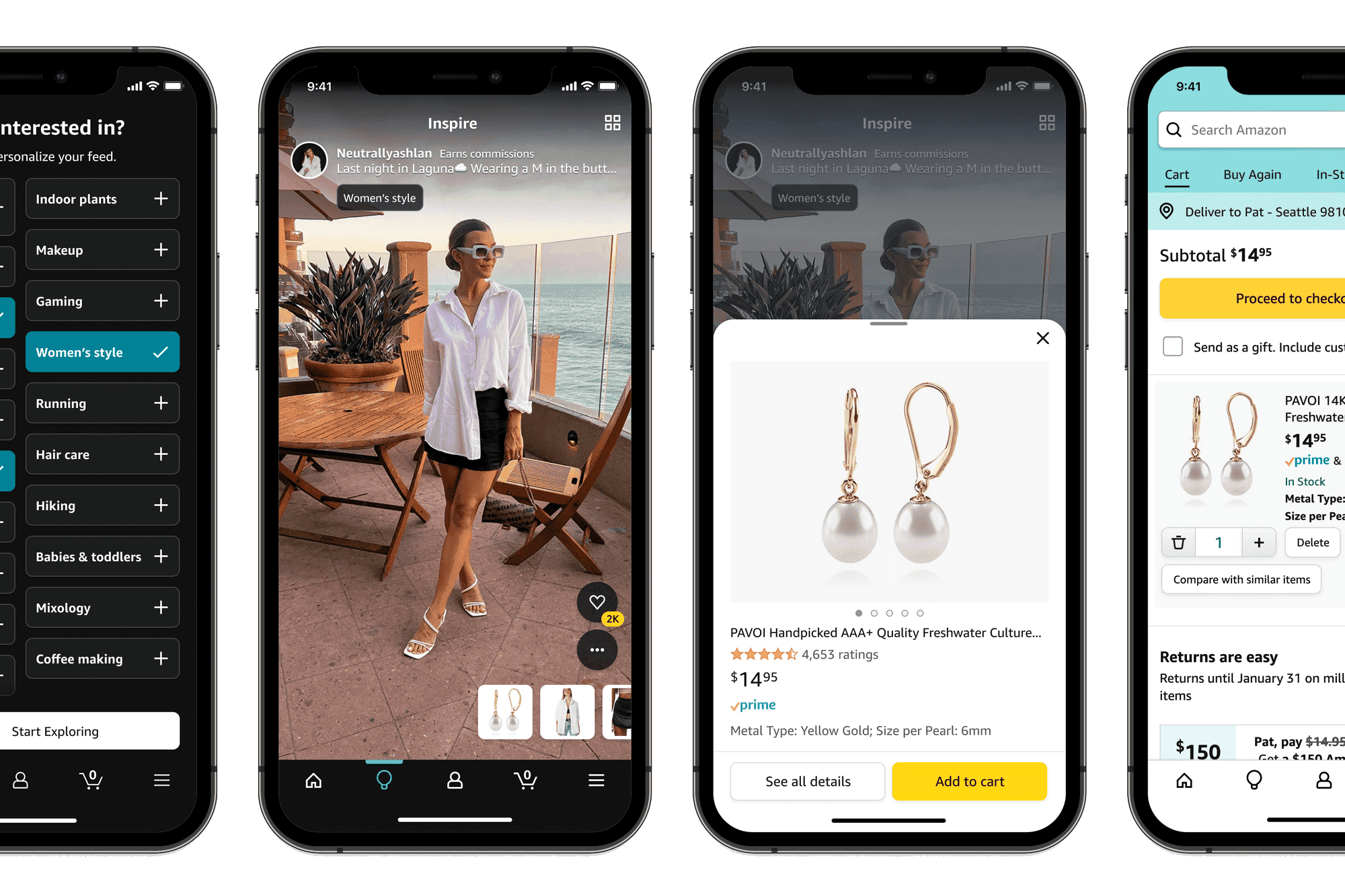Launching a new product is both thrilling and challenging. Even the most innovative products need strategic marketing to break through consumer inertia and capture attention in today's competitive landscape. Here are seven updated marketing strategies to generate buzz and drive demand in 2025.
1. Leverage Product Scarcity
Scarcity continues to influence purchasing decisions powerfully. Limited-edition products, short-term offers, or restricted availability create urgency and exclusivity. Brands like Supreme and Nike regularly use “product drops,” where items sell out quickly, significantly boosting brand hype and consumer desire. Using AI-powered predictive analytics to anticipate demand accurately can further enhance your scarcity strategy.
2. Master Strategic Information Release
Managing the flow of product information before launch is essential. Teasers, behind-the-scenes content, and controlled leaks maintain consumer interest. Brands like Tesla and Apple expertly deploy these tactics, sparking global speculation and anticipation. Build intrigue around your product by revealing just enough to keep potential customers excited and engaged.
3. Amplify User-Generated Content (UGC)
Today’s customers trust peers more than traditional advertising. Encouraging authentic user-generated content builds credibility and engagement. Brands like Glossier and Patagonia effectively use UGC by sharing customer experiences on social media, creating dedicated hashtags, and fostering vibrant user communities. This strategy allows your customers to become powerful advocates for your brand.
4. Create Exclusivity Through Sustainability
Modern consumers increasingly value sustainability and ethical production, making these powerful elements of exclusivity. Products that prioritise sustainability or ethical sourcing differentiate themselves in crowded markets. For example, sustainable fashion brands like Patagonia or Stella McCartney position themselves as exclusive yet ethical, appealing deeply to consumer values and driving demand through conscientious consumerism.
5. Focus on Solving Key Consumer Problems
Addressing significant consumer pain points clearly and effectively is critical. Identify these problems through market research and position your product as the ideal solution. Create targeted content, such as guides, educational blogs, videos, or webinars that directly speak to consumer needs. This approach positions your brand as an expert and creates natural demand by showcasing your product’s value.
6. Harness Influencer and Social Commerce
Influencers and social commerce platforms are essential to reach targeted and engaged audiences. Micro-influencers offer authentic connections, driving higher conversions due to their close relationships with followers. Social commerce platforms like TikTok Shop and Instagram Live have become powerful channels for influencers to directly demonstrate product benefits, accelerating consumer purchasing decisions.
Brands like Gymshark and Beauty Pie use influencer-led live-streaming events to engage and convert viewers in real-time, significantly enhancing product visibility and sales.
7. Commit to Continuous Innovation
Your first launch is just the beginning. Constantly updating and improving your products using real-time consumer feedback keeps your brand relevant. Companies like Apple, Dyson, and Tesla consistently innovate and refine their offerings, turning product iterations into events themselves. Regular enhancements communicated transparently to customers create ongoing excitement and strengthen consumer loyalty.
By adopting these contemporary marketing strategies—leveraging scarcity, strategic content, authenticity, sustainability, influencer partnerships, and continuous innovation—you can effectively cut through the noise, deeply connect with your target audience, and ensure sustained demand and brand loyalty in a rapidly evolving marketplace.


